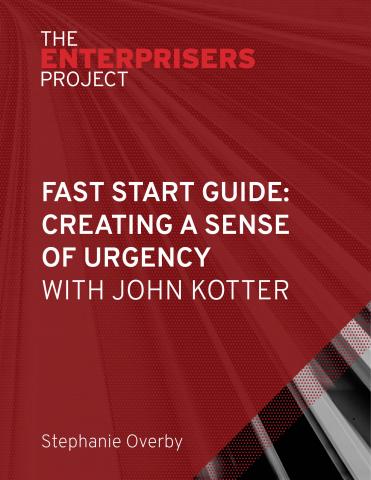John Kotter wrote the book on organizational change. His bestseller "Leading Change" became the de facto transformation guidebook for executives and managers around the world. In his continued research during the ensuing decades, he has studied what makes change possible and sustainable. “What we’ve found again and again and again is, right at the beginning of successful change, you get a sense of urgency going,” says Kotter, whose later book "A Sense of Urgency" argues that without that sense, change initiatives are doomed.
In the age of digital disruption — with our world changing faster than ever before — one might assume a sense of urgency is a given. But that’s only because many of us mistake frenetic activity with urgency.
“People often think that because they are running just as fast as they can, they are urgent, when in fact they are simply anxious,” says Kotter, Konosuke Matsushita Professor of Leadership, Emeritus at Harvard Business School and founder of management consultancy Kotter International. “Anxiety is not urgency.”
Urgency, instead, is when you think and behave based on the sense that the world is full of both enormous opportunity and hazard — and have the gut-level determination to do something about that every day. It’s true engagement — something that’s vital as many organizations struggle to respond quickly in a dynamic environment. Fortunately, a sense of urgency is also something that CIOs and other leaders can cultivate in their organizations. The Enterprisers Project talked to Kotter about five tips for creating and sustaining a sense of urgency: Download our fast start guide to get his advice.






